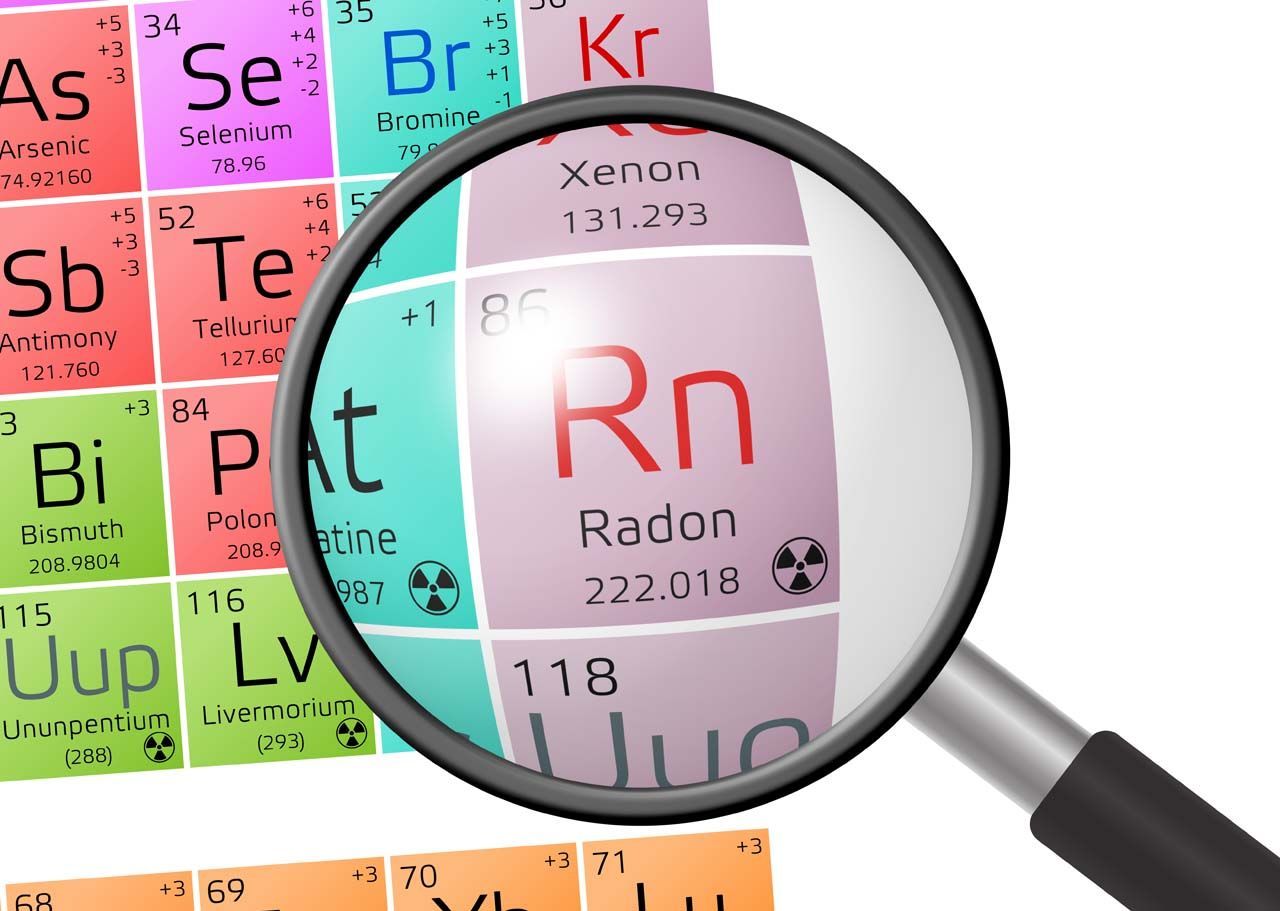New York State has 38 counties with high levels of radon gas. These include the following counties in Central New York: Cortland, Chemung, Steuben, Allegany, Tioga, Onondaga, Delaware, Oneida, Broome, Madison, Yates, Schuyler, Herkimer, Lewis, Tompkins and Cayuga.
Any house may have high levels of radon, and the only way a radon problem can be detected is through testing. Even if your neighbors have tested their homes and received low radon level results, it is important for you to test your own home, because radon levels vary from house to house. Testing for radon is easy, inexpensive and reliable. Test kits can be purchased from the New York State Department of Health, or in many hardware and discount stores. It is best to test your home during the heating season when your home is less ventilated.

Be sure to read all of the directions that come with your radon test kit. The test kit should be placed in the lowest lived-in level of the home. Place the kit in the basement if this area is frequently used, but do not put it in the kitchen, bathroom or laundry room. Place the kit at least 20 inches above the floor in an out-of-the-way location. Leave the kit for the specified amount of time, then seal it, and send it to the lab designated on the package right away. Within a few weeks, you will receive your result.
Radon is measured in picocuries per liter. If the radon level is greater than or equal to 4 pCi/L, a second test should be conducted to confirm the result. If the second test indicates high radon levels in your home, you should seek the advice of a certified radon mitigator. You can learn how to reduce radon levels by calling the State Health Department's Radon Program at 1-800-458-1158.
Contact CNY Coalition For Healthy Indoor Air today to learn more.
Copyright © CNY Coalition For Healthy Indoor Air | All Rights Reserved
Binghamton, NY
13903
